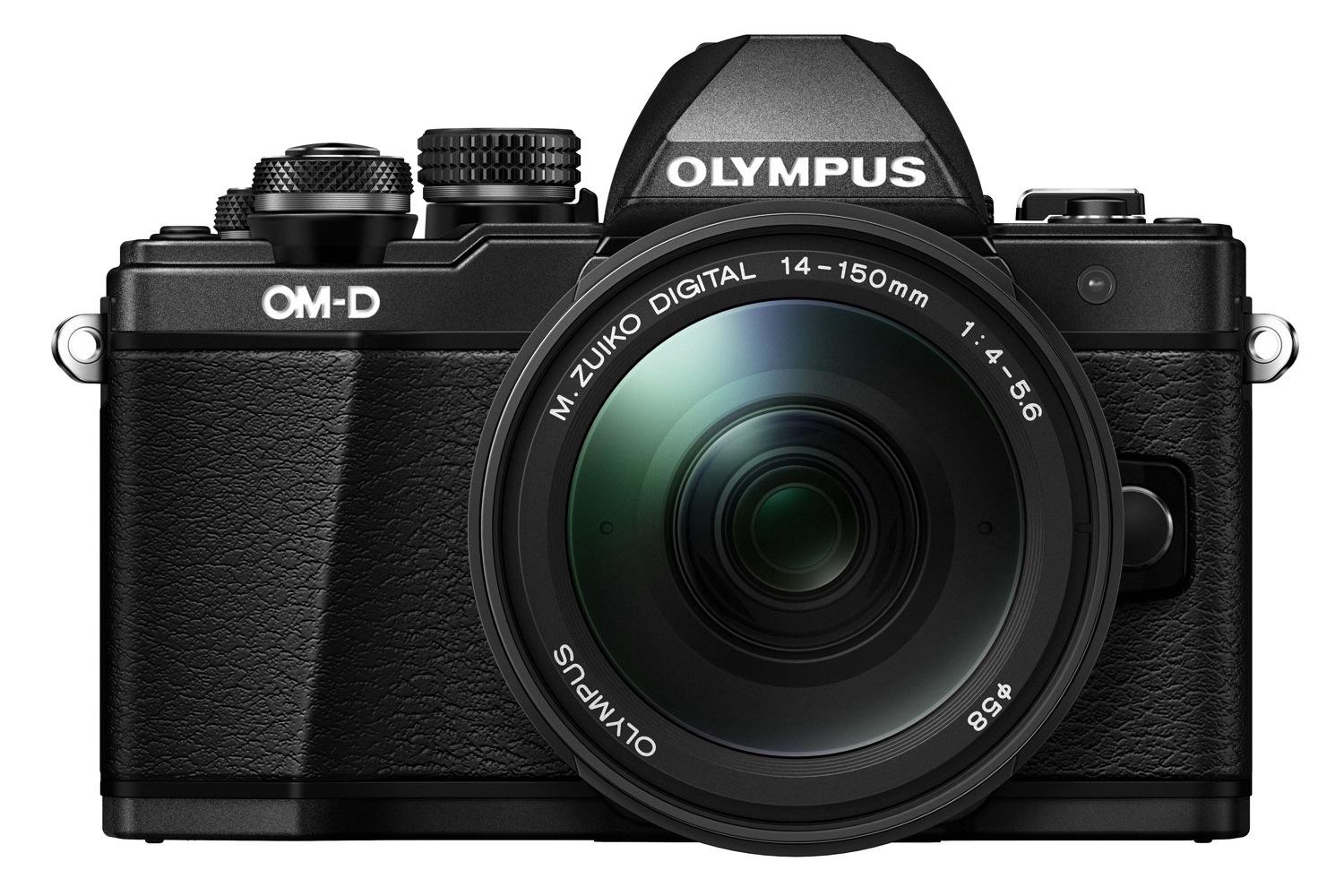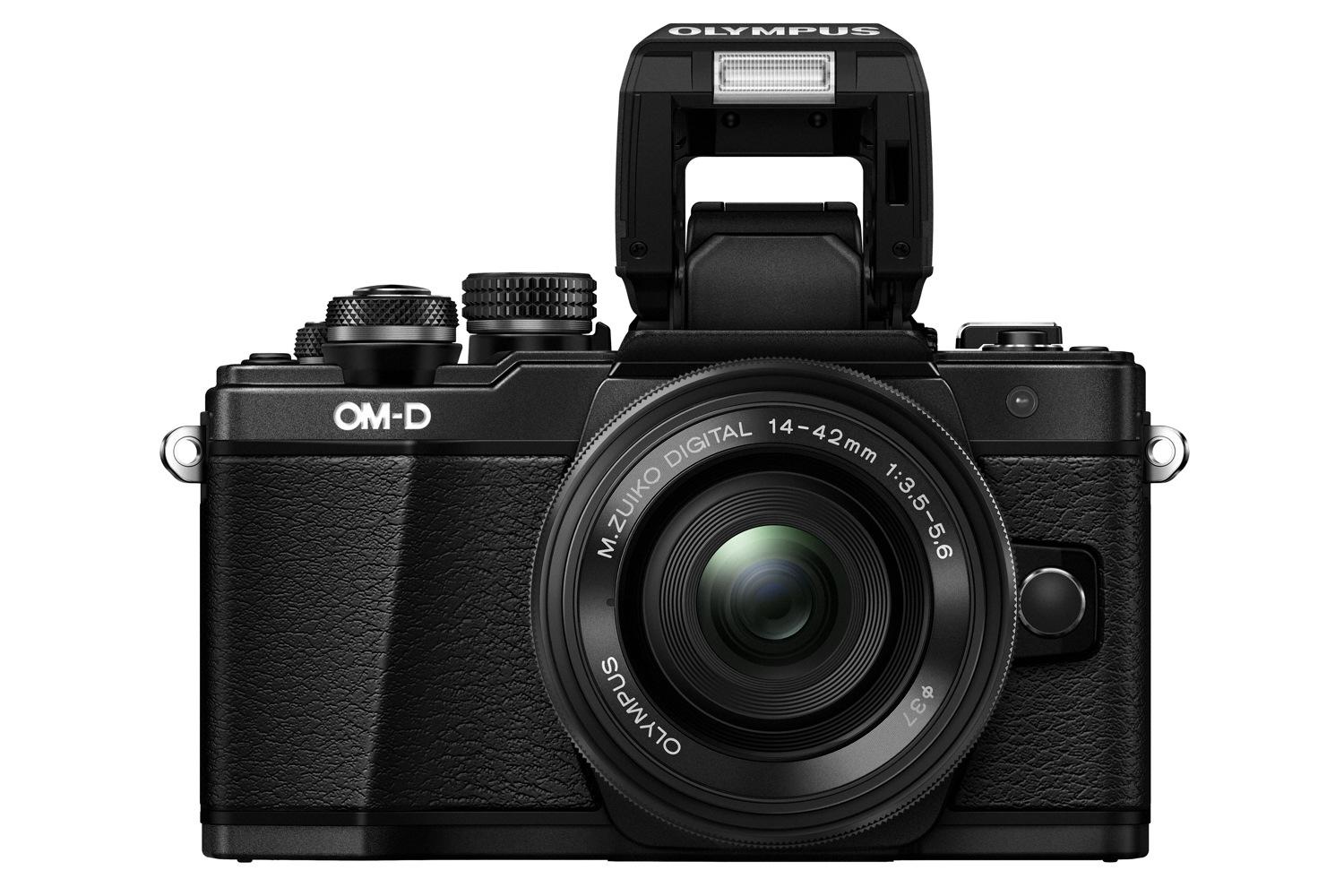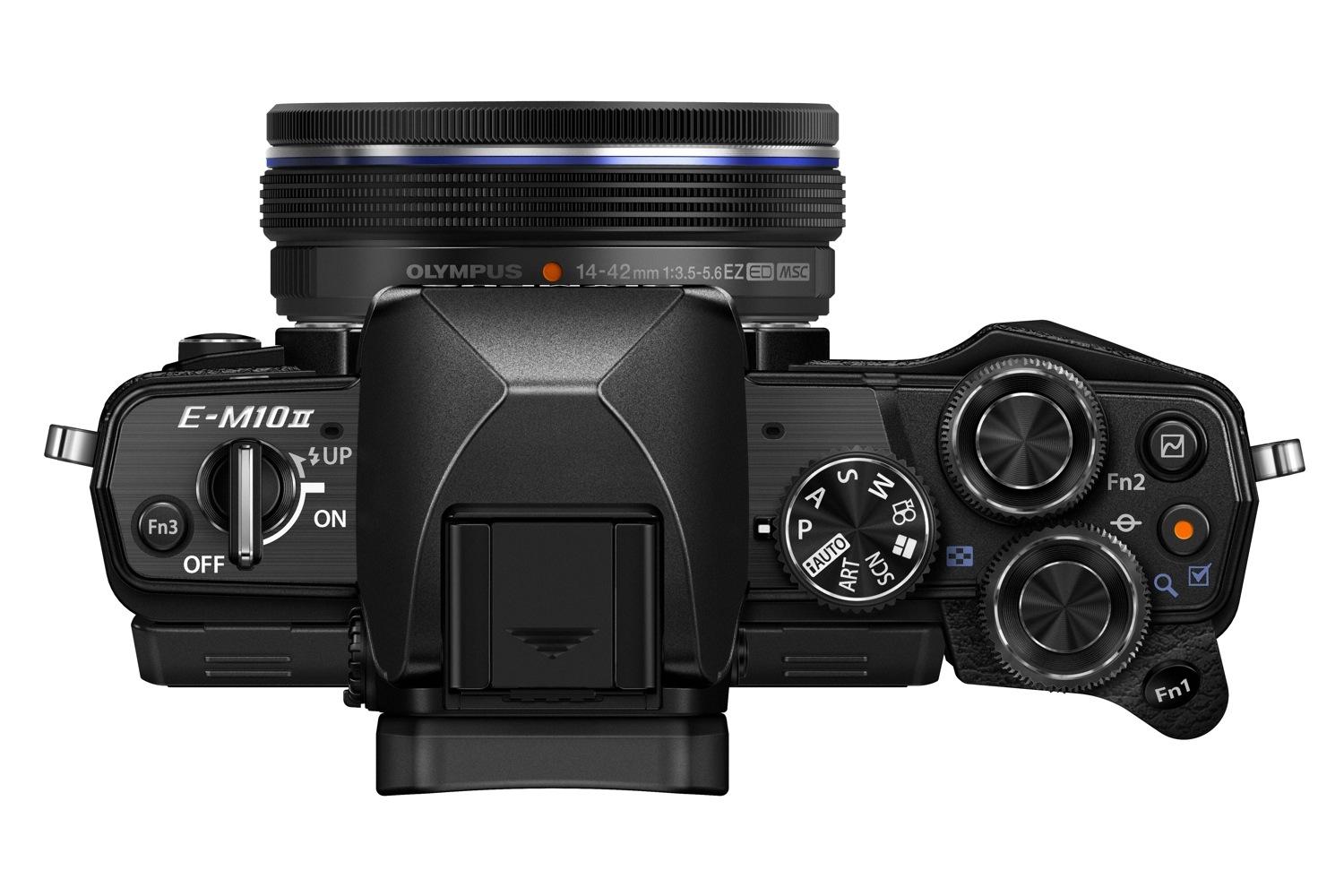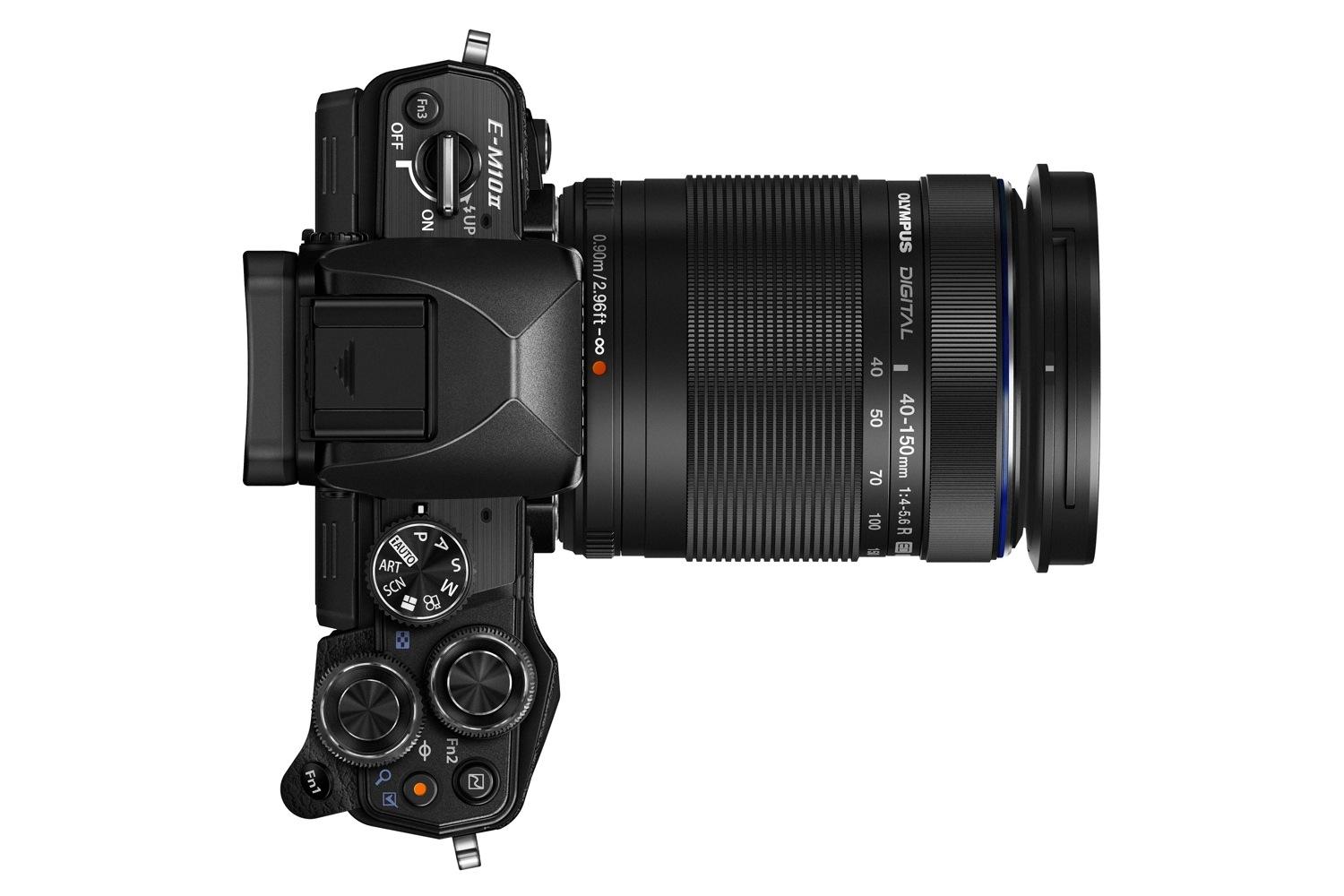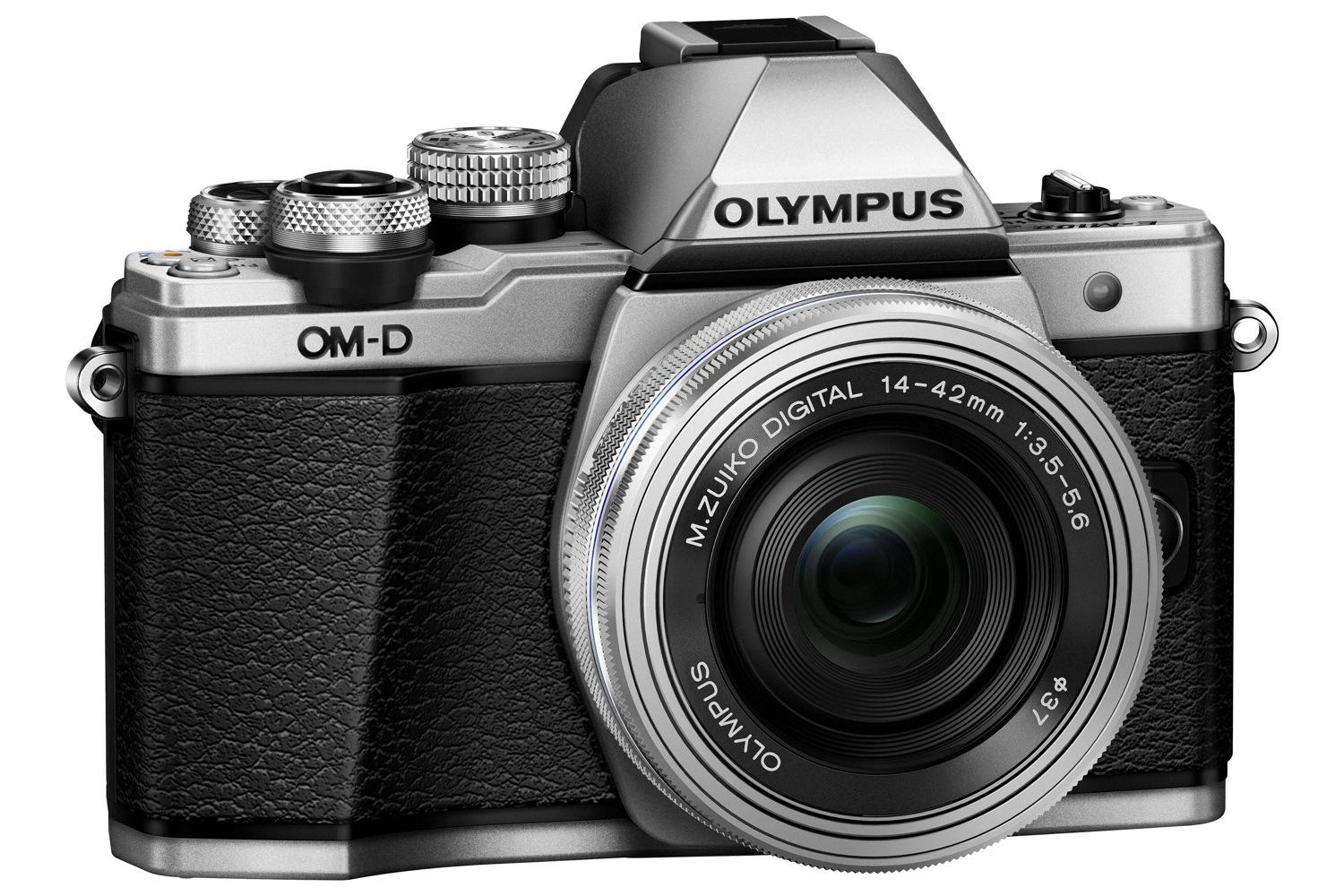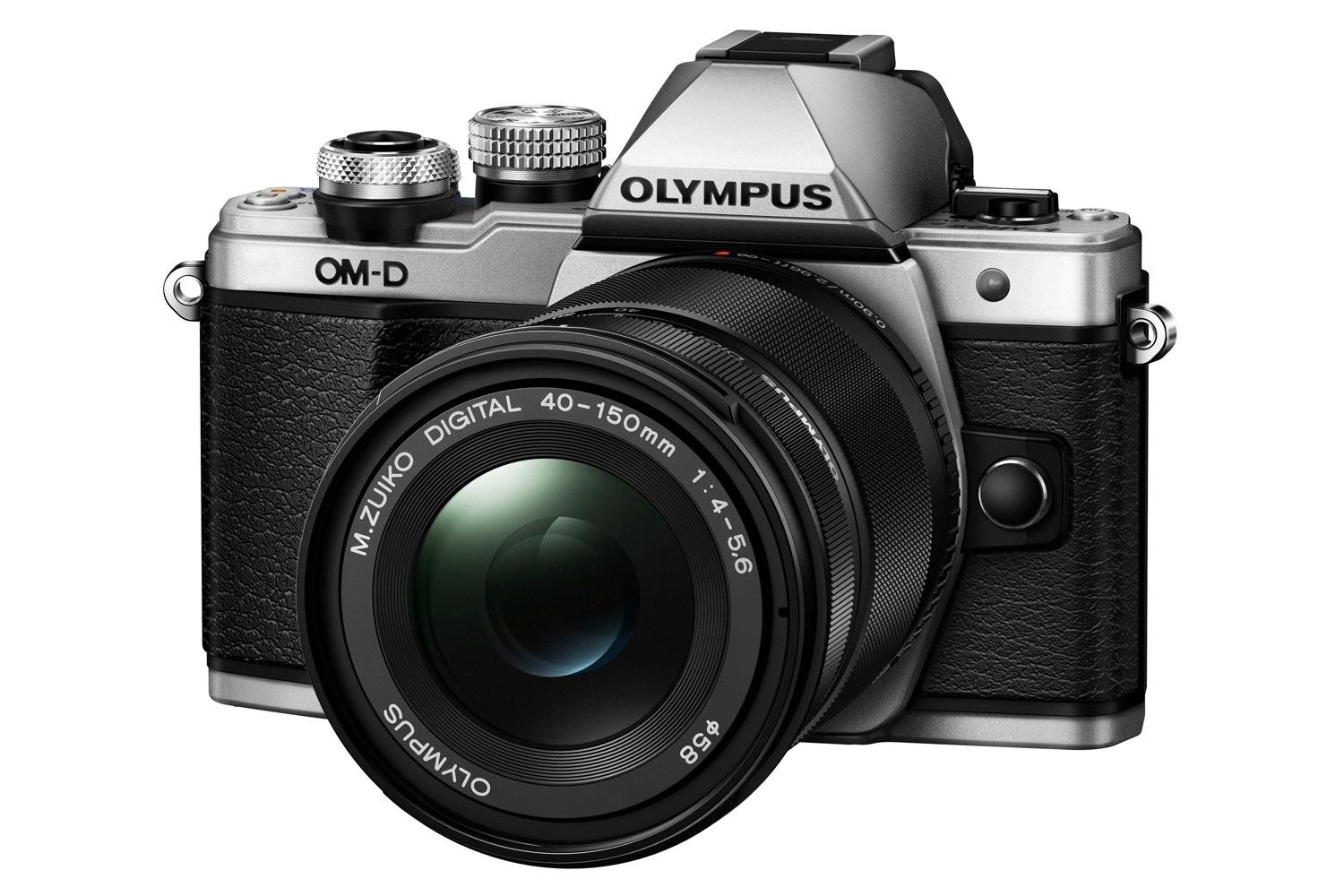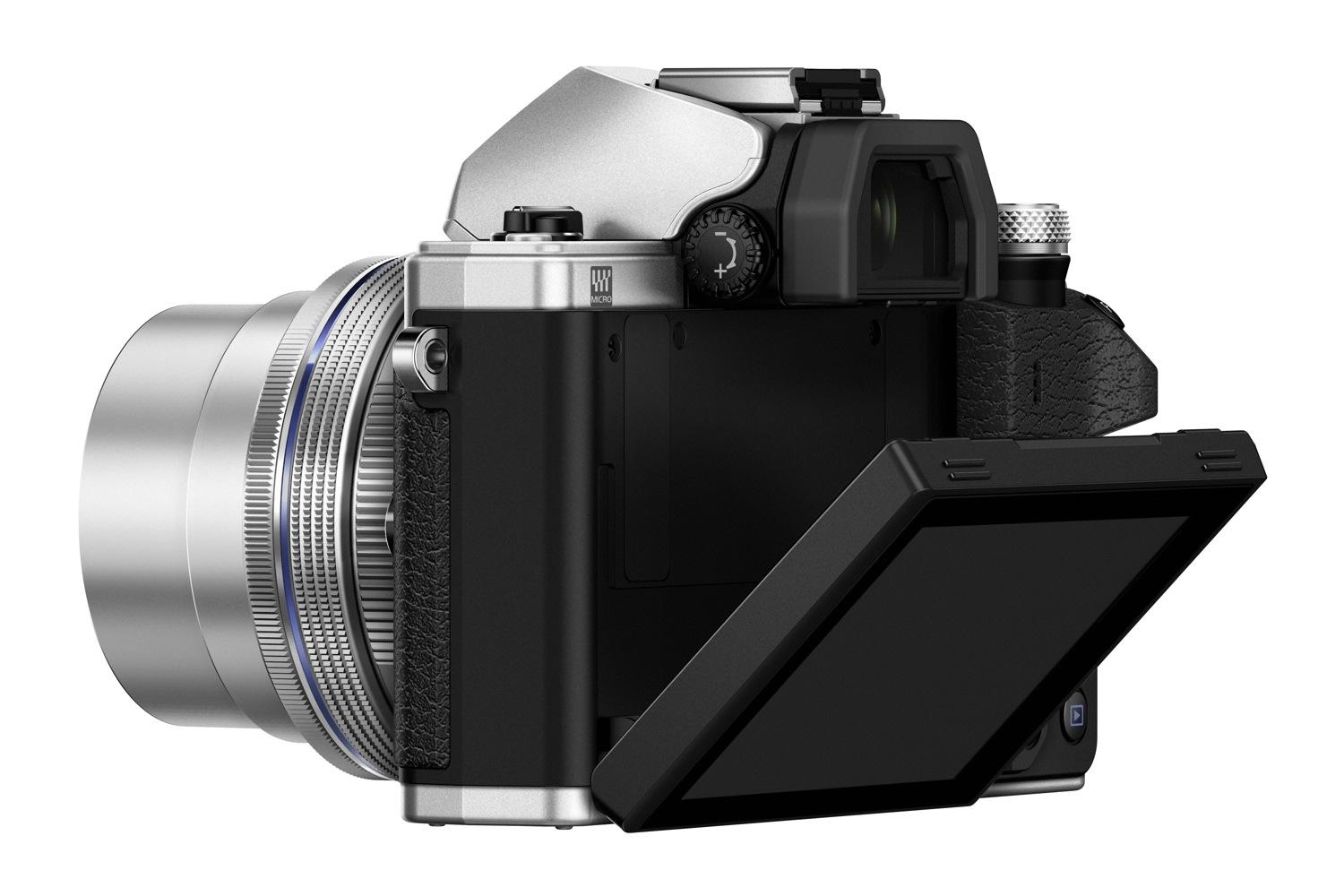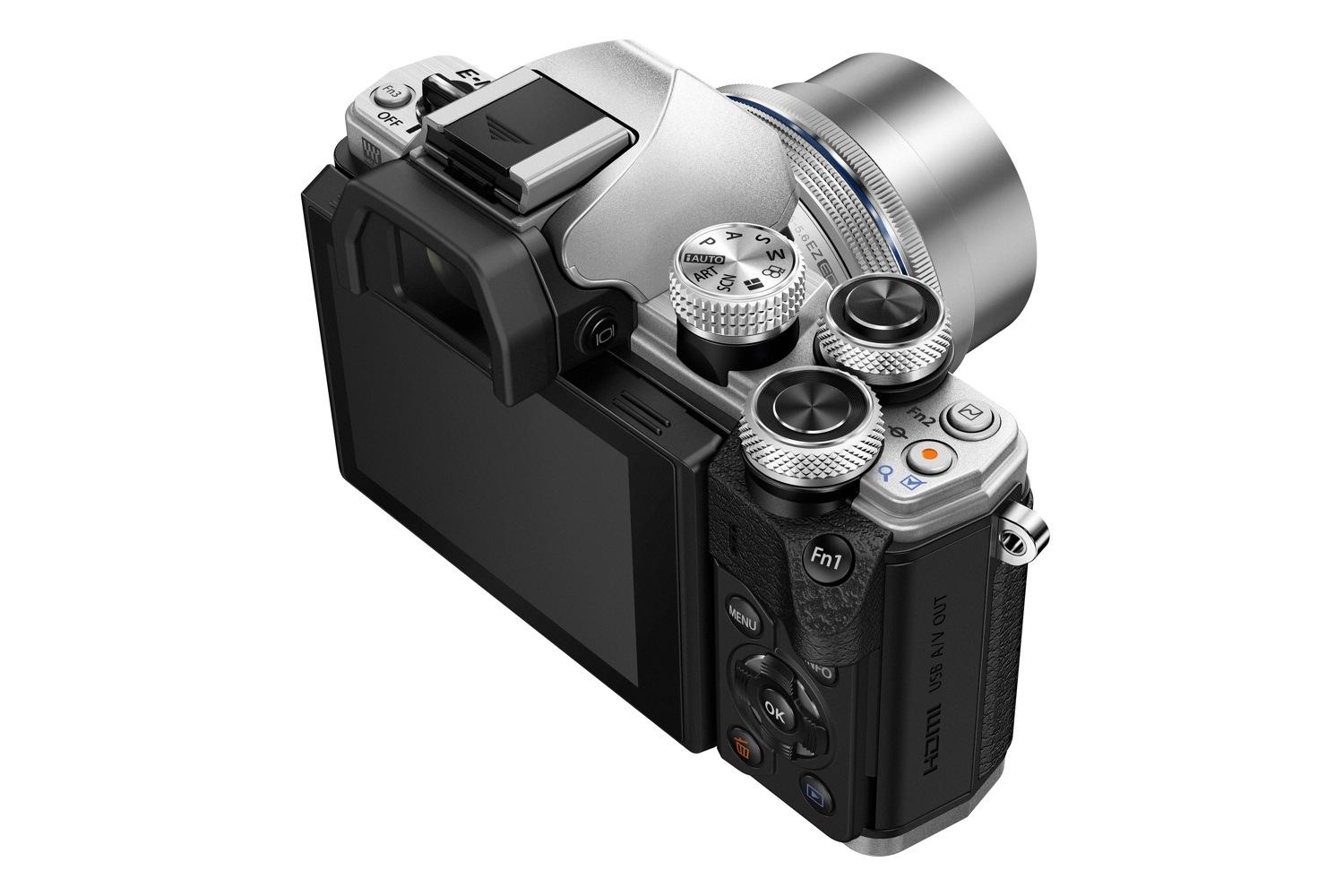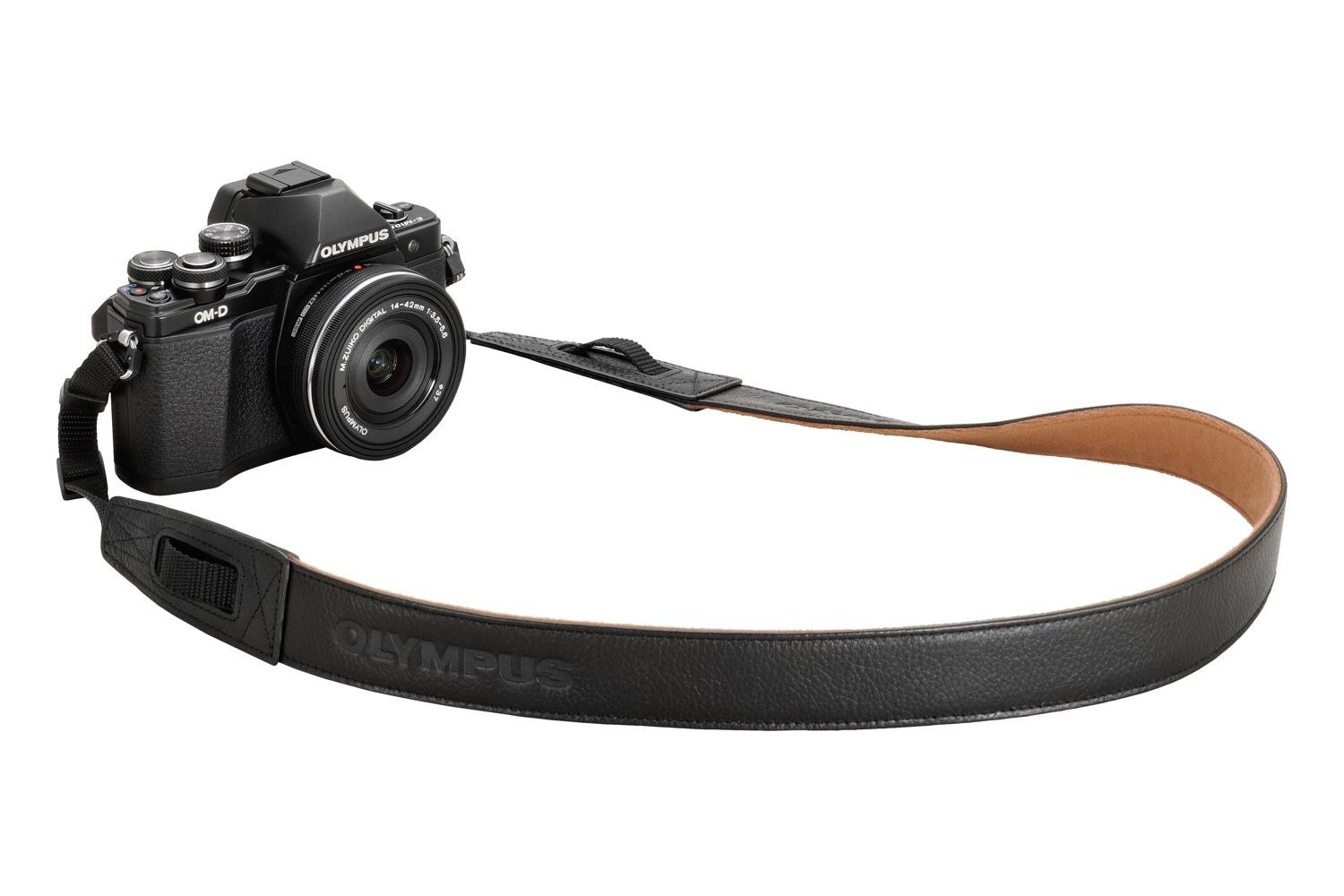Olympus is bumping up the performance of the entry camera in its OM-D series with the new E-M10 Mark II. Starting at $650, the highly compact Micro Four Thirds mirrorless camera now includes 5-axis image stabilization, allowing for sharper photos and videos in handheld shooting. But that’s just one of several big improvements.
Like the E-M5 Mark II’s introduction (a DT Editors’ Choice), Olympus says this second E-M10 is a massive upgrade from the original. “Even though it’s entry level, it’s not weak or inexpensive looking,” says Olympus’ Eric Gensel. On the exterior, the Mark II has some luxury and ergonomic improvements like machined metal dials and deeper grip for firmer hold. There’s a retro-styled power switch on the metallic top-panel that mimics the classic designs of OM-D film cameras from the past. With this camera, Olympus is targeting several buyers: casual photographers stepping up to their first ILC, existing mirrorless users looking to upgrade, as well as entry-level DSLR users who want to switch to a compact ILC.
Olympus says it’s the only entry-level interchangeable lens camera to offer 5-axis image stabilization (the previous E-M10 uses a 3-axis system), and as we’ve seen in Sony’s A7 Mark II, squeezing such a stabilization system into a compact body is no small feat (the E-M10 II is even smaller). This puts the camera along the same lines as the E-M5 II and E-M1, and the E-M10 II has four shutter speed stops. Olympus says the system also helps to correct rolling blur in low-light shooting and horizontal and vertical shift blur during macro shots.
The E-M10 II, like the original, uses a 16-megapixel Live MOS Micro Four Thirds sensor and TruePic VII image processor, but Olympus says these have been updated. The touchscreen performance, particular with Touch Autofocus, has also improved. One of the cons we found with the original was an LCD that wasn’t very responsive. Olympus says Touch Autofocus is important for the E-M10 II’s targeted user – someone’s who trained on smartphones – and worked to improve that. Olympus says the AF is also more accurate in night scenes, and is able to pinpoint onto sources of lights that are normally difficult to focus. Continuous single-focus high-speed shooting is enhanced (8.5 frames per second), as well as general performance like lag time and camera startup.
There are also improvements to the electronic viewfinder (EVF). It’s now brighter and captures more in the frame. The OLED EVF has a resolution of 2.36-million dots (up from 1.440-million dots), 100 percent field of view, and a 1.23x magnification rate. When using the EVF, the AF Targeting Pad function lets you pick an area of focus by using the touchscreen LCD (a feature similar to the one in Panasonic Lumix cameras). An interesting feature, called Simulated Optical Viewfinder (S-OVF), increases the dynamic range so that the EVF image matches the “natural” colors and brightness that the human eye sees – as the name suggests, like optical viewfinders. The EVF was developed by Olympus’ microscope manufacturing division, and uses aspherical lenses for clearer visibility and special coating and material to reduce chromatic aberration.
Video recording is now up to Full HD 1080 at 60p, up from the previous 30p (the camera supports 60p, 50p, 30p, 25p, and 24p). There’s a new feature called Clips that let you shoot short clips that’s combined in-camera to create a shareable video. The E-M10 II doesn’t shoot 4K, but it can create something called 4K Time-Lapse, which shoots up to 999 images (five-second duration) and combines them to create a
Additional new features include:
- Focus Bracketing: With one press of the shutter button, the camera can shoot multiple frames, each with different focus depths. This is useful for macro photography, and photos can be merged in post-editing software to create a photo with large depth of field while using wide apertures. Olympus says this is done in camera, which is something that wasn’t possible before. Depending on the lens attached, the camera knows how far to tell the lens to travel (focus). The feature requires a tripod to be effective.
- Photo Story: The camera combines multiple photos as a single image (in five available variations).
- Live Composite: In this live preview mode, the camera maintains the brightness of stationary objects while recording new light sources, such as star trails and light trails. You can monitor the image’s progress and adjust settings via the mobile app.
- Live Bulb and Live Time: For capturing light trails to easily create images like light paintings.
- 14 Art Filters: An increase from 12, these filters let you add creative flair to photos.
- Keystone Compensation: While shooting, you can correct perspective distortion.
- Three function (Fn) buttons.
- Electronic shutter capable of 1/16,000-60 seconds (1/4,000th of a second mechanical shutter), which makes some of the aforementioned features possible.
- Support for UHS-II cards, which is needed for high bitrate recording.
- Wi-Fi, with QR code pairing.
The E-M10 II will be available in early September, and will cost $650 for the body (black or silver). A kit lens option, which comes with a M.Zuiko Digital ED 14-42 f3.5-5.6 EZ lens, will cost $800. Also available will be an external grip ($60) and leather strap ($80).
Editors' Recommendations
- Olympus E-M1 Mark III vs. Olympus E-M1 Mark II: Is the upgrade worth it?
- The Olympus PEN E-PL10 is a stylish beginner’s camera hiding last-gen hardware
